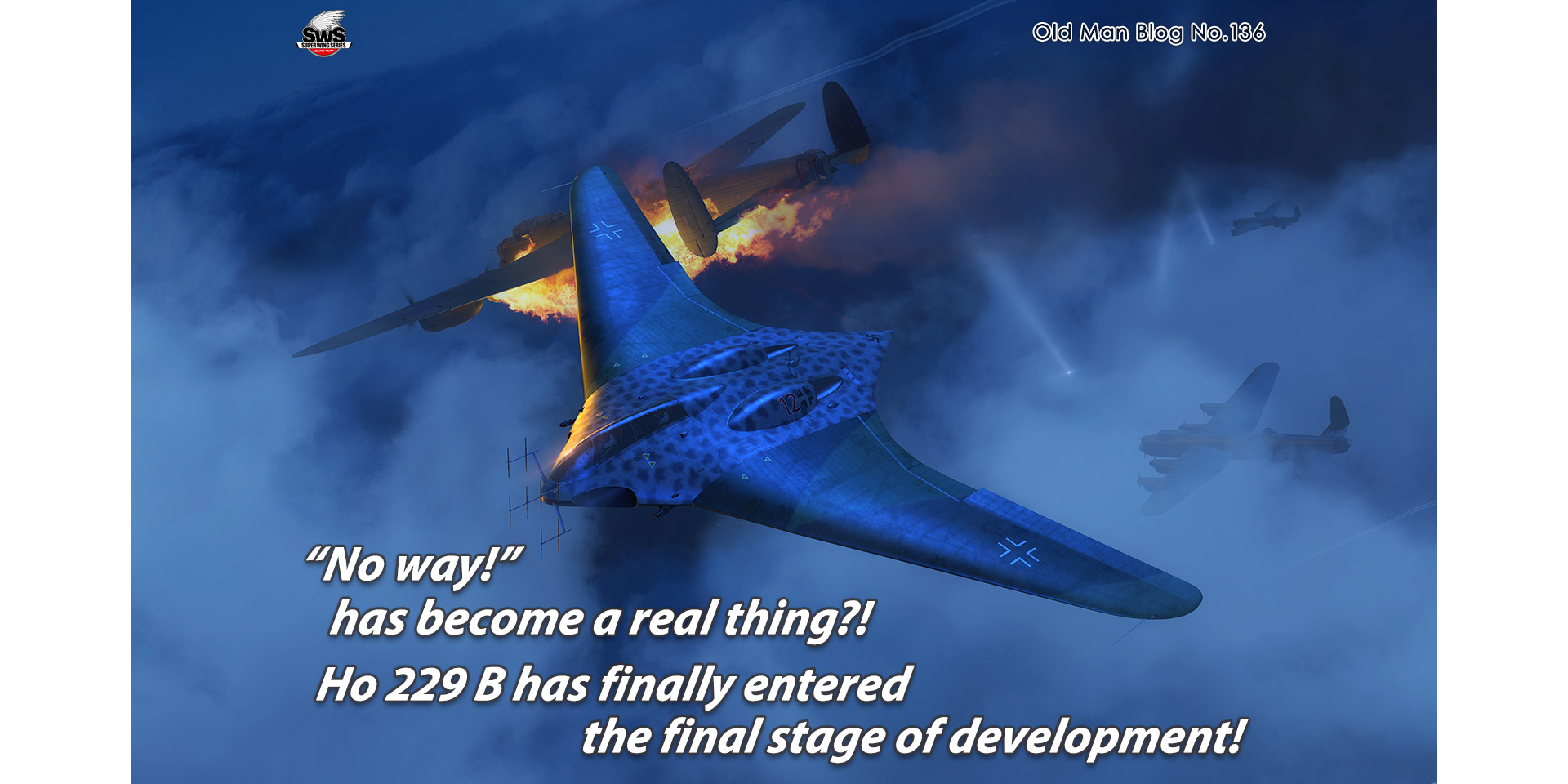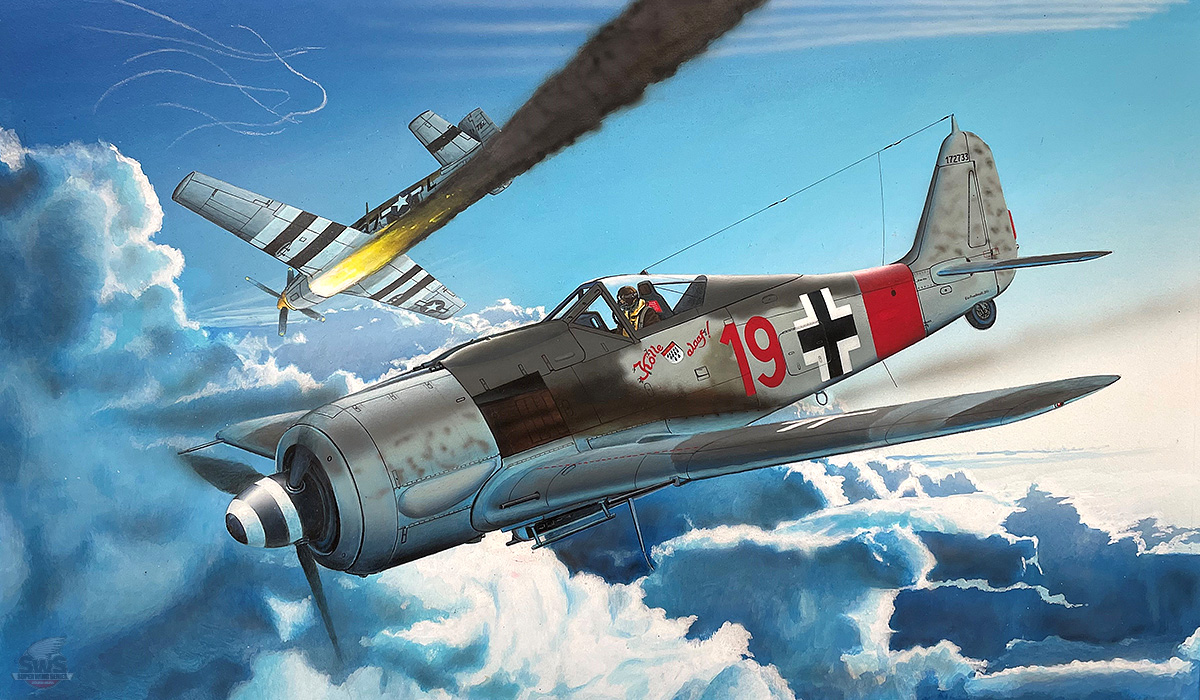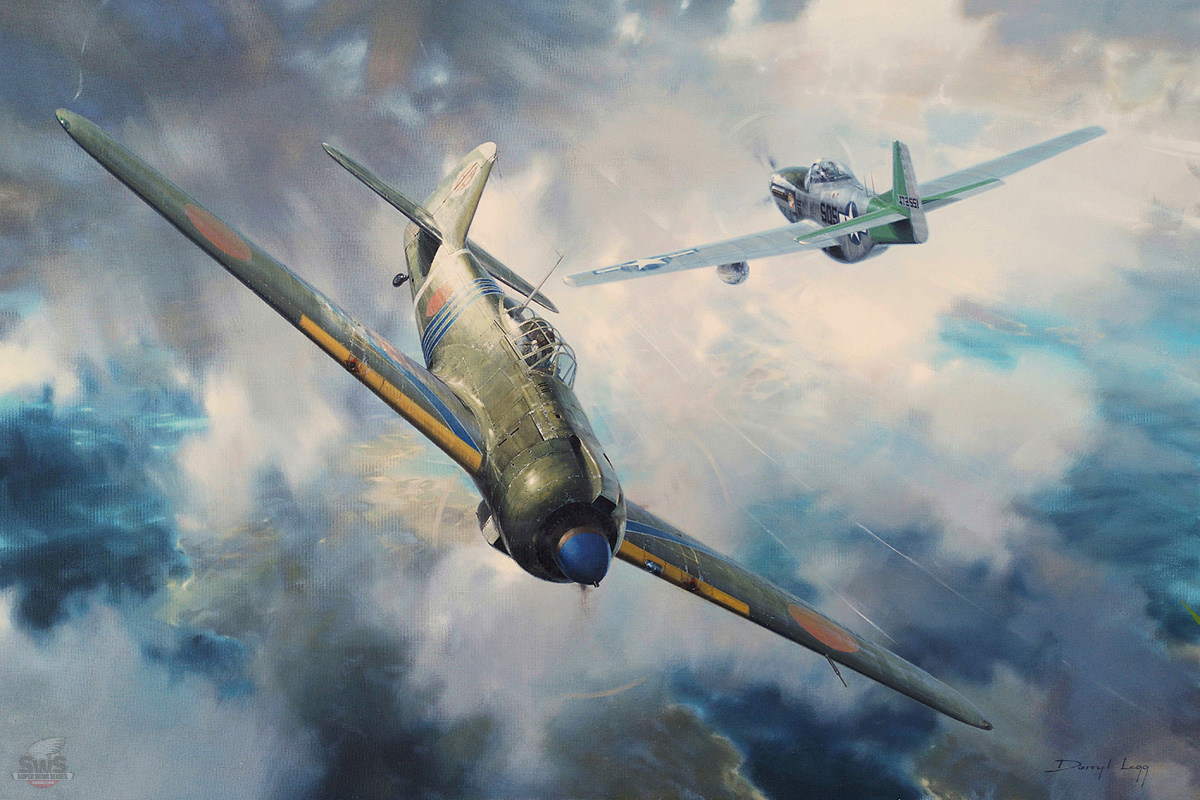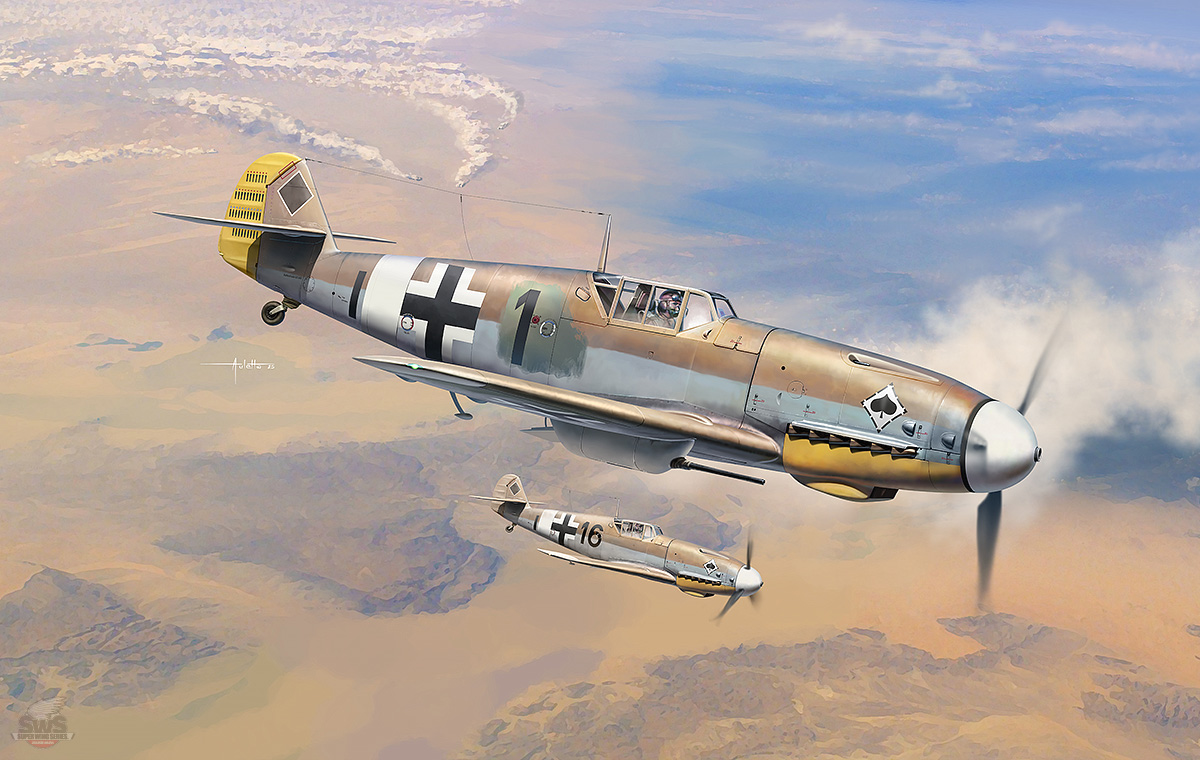
▋Behold the monstrous bird attacking the Lancaster bomber squadron in the pitch-black night!
This is the final flash of the German Luftwaffe! The Horten Ho 229 B demonstrates the suicidal interception battle!
The illustration by Adam captures the powerful depiction and realism as always. Please enjoy!
(For details of the kit contents, please refer to the previous issue of this blog, No.135.)
How are all of you SWS brothers around the world?
Kyoto city, Japan, where Zoukei-Mura is located, is currently in the midst of winter. Last week, the strongest cold wave of the season hit, bringing very cold temperature. The downtown of Kyoto had several centimeters of snow, which is unusual.
This winter, there is an unusually large amount of snowfall, and on the Sea of Japan side of the long north-south Japanese archipelago, there is more than two or three times the usual amount of snowfall. Some areas in the Hokuriku and Tohoku regions experience snowfall exceeding three meters, affecting their daily life and transportation.
Please be careful when shoveling snow off the roof and always have another person with you while working. Take precautions to prevent accidents from falls or avalanches.
Our company, Volks Group, has retreat houses for employees on the Tango Peninsula in the northern part of Kyoto Prefecture. Unfortunately, they have been closed this winter due to more than 50 cm of accumulated snow, with additional snowfall continuing.
I hope that spring will come soon.
In this issue, we will showcase some of the package art for the upcoming SWS 1/32 kits.
Although it will still be a little while before each of these kits is released, please enjoy the beautiful artwork as a preview of the real thrill of the kits.

▋This is the SWS package art for the “Fw 190 A-8” newly painted by Dennis, who is known to all of you.
The large formations of Allied B-17 and B-24 surging in like a raging torrent.
The scene of the fierce battle with the formidable enemy P-51, which accompanies them as a fighter escort is vividly depicted.
The long-awaited SWS 1/32 Fw 190, A-8 is under development.
The details are as follows. Please add the best fighter aircraft of WWII to your collection. You can compare it with the A-4 type, which is available now, and the A-3 type, which is planned to be released next. Please wait a little longer for its completion.
(Due to space limitations, the following description only covers the main parts. Please enjoy the parts that have been produced based on the in-depth research. It is exactly the kind of thing that those in the know will appreciate.)
The detailed expression of 1/32 scale and the thrill of exploring the real aircraft make this kit irresistible and attractive.
For both you and me, who have a longing for the Fw 190, the promising kit is currently under development. Please look forward to its launch!

▋A round of applause to Darryl's illustration, which beautifully depicts the fierce G-forces and an aerial battle with the enemy aircraft. This Ki-100 Otsu belonged to the Army's 111th Air Corps. The day when this package art finally arrives in your hands is drawing near. Stay tuned!

▋I can hear the rumble of the DB605 engine in my ears as I look at Vincenzo's illustration, which beautifully depicts two aircraft flying on patrol over the African front and the deserts of North Africa, with their invincible spirit carried on the roar of the engine. Now, I wonder how you are going to recreate the G-4 type with your hands. I’m getting excited too!
The Bf 109 was a famous aircraft representing the German Luftwaffe during WWII. Produced in limited numbers, the G-4 type served in specialized roles, including photo reconnaissance and operations in the African front with sand filter-equipped specifications, making it one of the most remarkable variants.
Now, it is finally coming as the latest SWS kit.
The differences between this kit and the previously released Bf 109 G-14 and G-14/U4 are as follows.
We try to faithfully reproduce all the differences within the limitations of the 1/32 scale.
Anticipate the excitement!
In this issue, we showcased the package art for the upcoming SWS 1/32 kits.
Although the kits are still some time away, please count down to the release dates.
The harsh winter days continue in the northern hemisphere. I hope that all of you SWS brothers stay warm and take care not to catch a bad cold.
May the gallant figures of the SWS kits always dance in our hearts.
Hideyuki Shigeta
President, Zoukei-Mura
P.S.
thank you very much for the warm messages from SWS brothers around the world who read my last issue of this blog.
So far, I have been able to spend each day in good health, with no major changes in my kidney function, heart, or spinal canal symptoms.
From the skies of Kyoto, Japan, I pray that all of you SWS brothers take good care of yourselves and stay healthy.
I will continue developing even better SWS kits, hoping to see you all again at an event one day in the future.